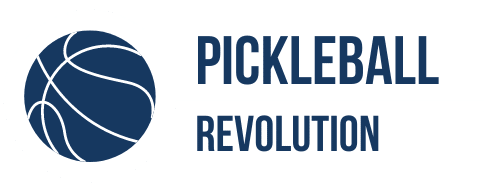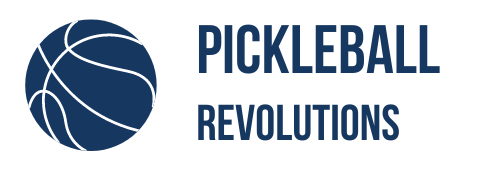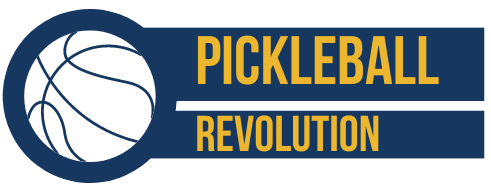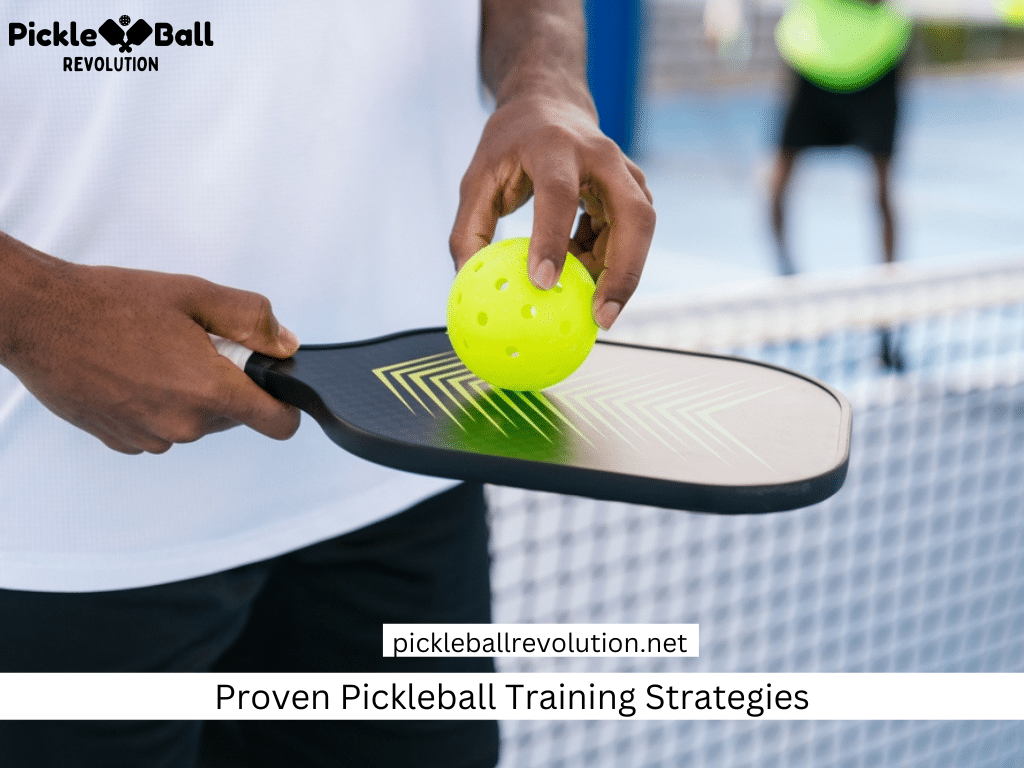Table of Contents
Pickleball isn’t just a game—it’s a fast-paced battle of strategy, agility, and precision. Whether you’re a weekend warrior looking to dominate your local courts or an aspiring pro aiming for championship glory, the key to victory lies in how you train. But forget the generic drills and outdated techniques—it’s time to supercharge your skills with proven pickleball training strategies designed to sharpen your reflexes, improve shot accuracy, and outmaneuver opponents with ease. Ready to ace your game and take your skills to the next level? Let’s dive into the ultimate playbook for pickleball success!
Pickleball Training
Want to level up your pickleball game? Focused training and targeted drills can make all the difference, whether you’re competing or just dominating friendly matches. From refining your stance to boosting balance, pickleball-specific exercises enhance performance. Strength training, like single-arm rows and chest presses, adds power and control to your shots. With the right training aids and injury prevention techniques, you’ll own the volley zone in no time. Grab your paddle and get ready to improve—plus, Apple has even launched its exclusive Apple Pickleball Training!
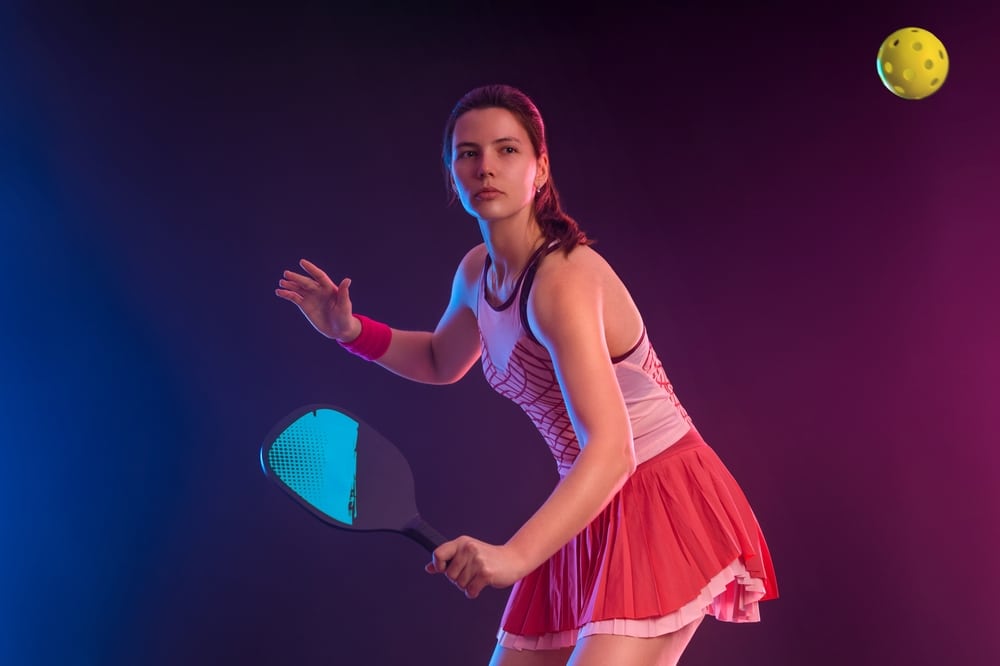
Pickleball Practice: Strength Training
Strength training can improve a pickleball player’s performance by fostering increased strength, endurance, quickness, and injury prevention. Bodyweight exercises that work key muscle groups, including squats, lunges, push-ups, and planks, improve leg, upper body, and core stability, all important for performing fast motions and explosive shots. Incorporating weighted exercises with resistance bands, kettlebells, or dumbbells enhances general stability and muscle strength. Players can maximize their on-court performance by progressively building their intensity and regularly taxing their muscles. This will guarantee speed, power, and endurance for every game.
How to Train for Pickleball
Customizing strength training regimens to target particular areas of weakness or progress can result in more advantages. While upper-body workouts can increase shot power and accuracy, lower-body activities can improve speed and agility for quick court coverage. An effective strength training program must include consistency, progression, and appropriate recovery techniques like stretching and proper nutrition to ensure that players perform well on the court, lower their risk of injury, and have long-term success in their pickleball actions.
Practice Pickleball at Home – Types of Exercises
Try these five full-body strength and endurance exercises twice weekly to improve your pickleball training game and strengthen your entire body. Experience the burn and raise your game.
Split Squats
Speed and precision are key in pickleball, and split squats help build the leg strength and stability needed for quick, low shots. Holding dumbbells, step forward and lower your body in a controlled motion. Switch legs to ensure balance and symmetry. With consistent practice, you’ll improve mobility and dominate the court with confidence.
Dumbbell Lawnmower Row
This dynamic exercise strengthens the back and core, mimicking the rotational power needed for pickleball strokes. Like starting a lawnmower, this movement enhances core stability and back muscle strength, boosting forehand and backhand power. Incorporate it into your training for improved functional strength and court performance.
Goblet Squat
Holding a dumbbell or kettlebell at your chest, the goblet squat targets the quads, glutes, and hamstrings—key muscles for explosive side-to-side movements. It also engages the core, improving balance and control. This at-home-friendly workout builds leg power and agility, keeping you low and ready for any shot.
Dumbbell Chest Press
To balance upper-body strength, the dumbbell chest press isolates each arm, correcting imbalances from the sport’s dominant-side demands. It strengthens the chest, deltoids, and triceps, improving shot control and reducing injury risk. Pair it with wrist trainers or training paddles for a complete upper-body workout.
Single-Leg Deadlift
A must for balance, coordination, and agility, this exercise strengthens the glutes, hamstrings, and lower back while improving stability. By focusing on one leg at a time, it enhances sprint speed and functional strength—key for fast lateral movements and dynamic court play.
Pickleball Fitness Training: Benefits
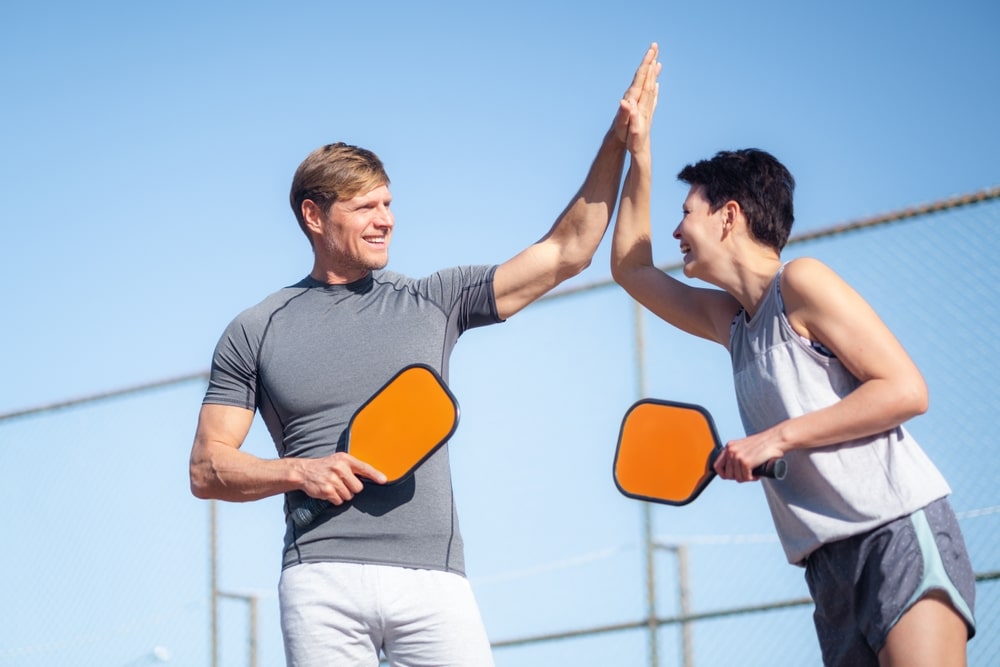
Pickleball fitness training is vital for players hoping to improve their skills and enhance their on-court performance.
Enhanced Power and Strength
Strength training helps pickleball players build muscle and increase overall power, allowing for stronger, more controlled shots. Whether it’s delivering a forceful serve or executing precise volleys, improved strength gives players the edge to dominate rallies and outplay opponents.
Increased Endurance and Speed
Consistent training enhances cardiovascular health, agility, and muscle endurance, enabling players to move swiftly across the court and react faster to opponents’ shots. With better stamina, they can maintain peak performance throughout long rallies, ensuring they stay ahead of the competition.
Lower Risk of Injury
A structured fitness routine not only strengthens muscles but also fortifies ligaments, tendons, and joints, reducing the risk of sprains, strains, and tendinitis. Proper warm-ups further prepare the body for intense gameplay, minimizing injury risks. Investing in physical conditioning—along with tools like the best pickleball rebounder—helps players train smarter, play harder, and compete with confidence.
Final Thoughts
Mastering pickleball requires more than just court skills—it demands dedicated training and targeted strength routines to enhance performance. By incorporating focused drills, from single-leg stability exercises to dumbbell and kettlebell workouts, you’ll boost agility, power, and injury prevention. Whether aiming to dominate the volley zone or strengthen your upper body for powerful shots, structured training is key.
Embrace pickleball as a holistic journey, training both at home and on the court with the right equipment and guidance. With consistency and the right strategy, you’ll become a formidable force in this fast-paced, exciting sport.
